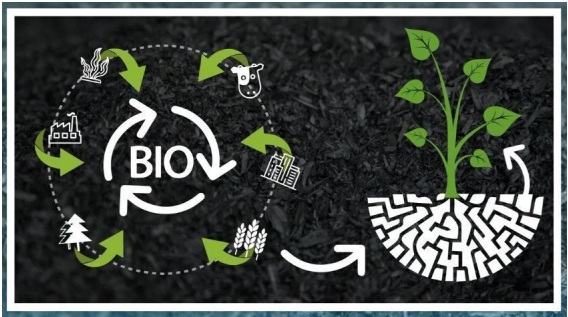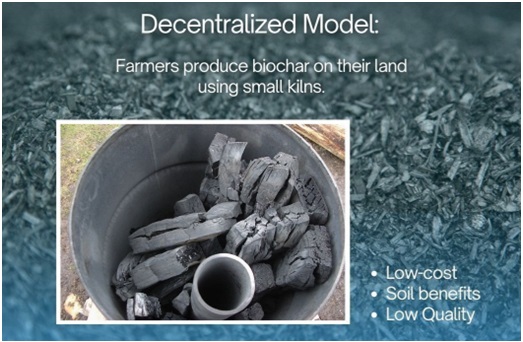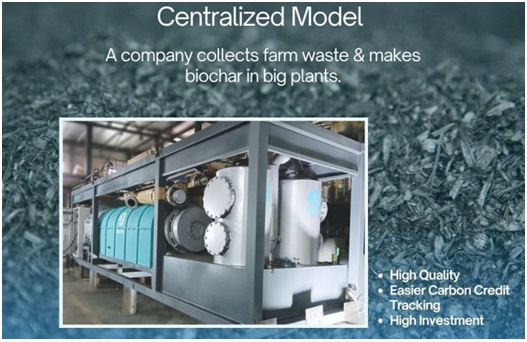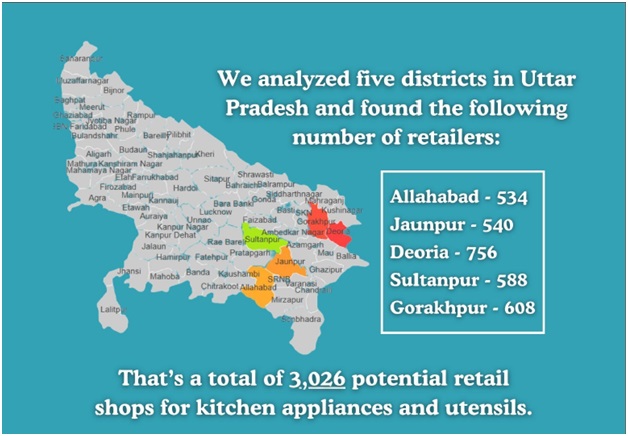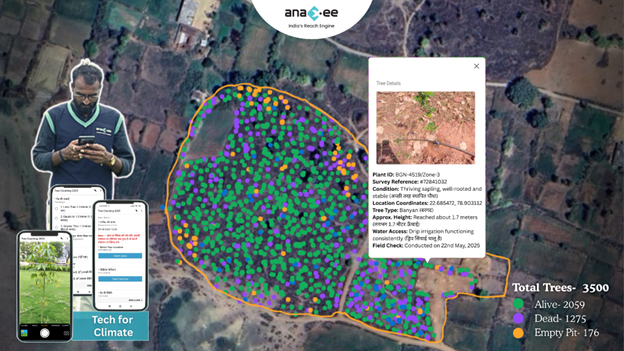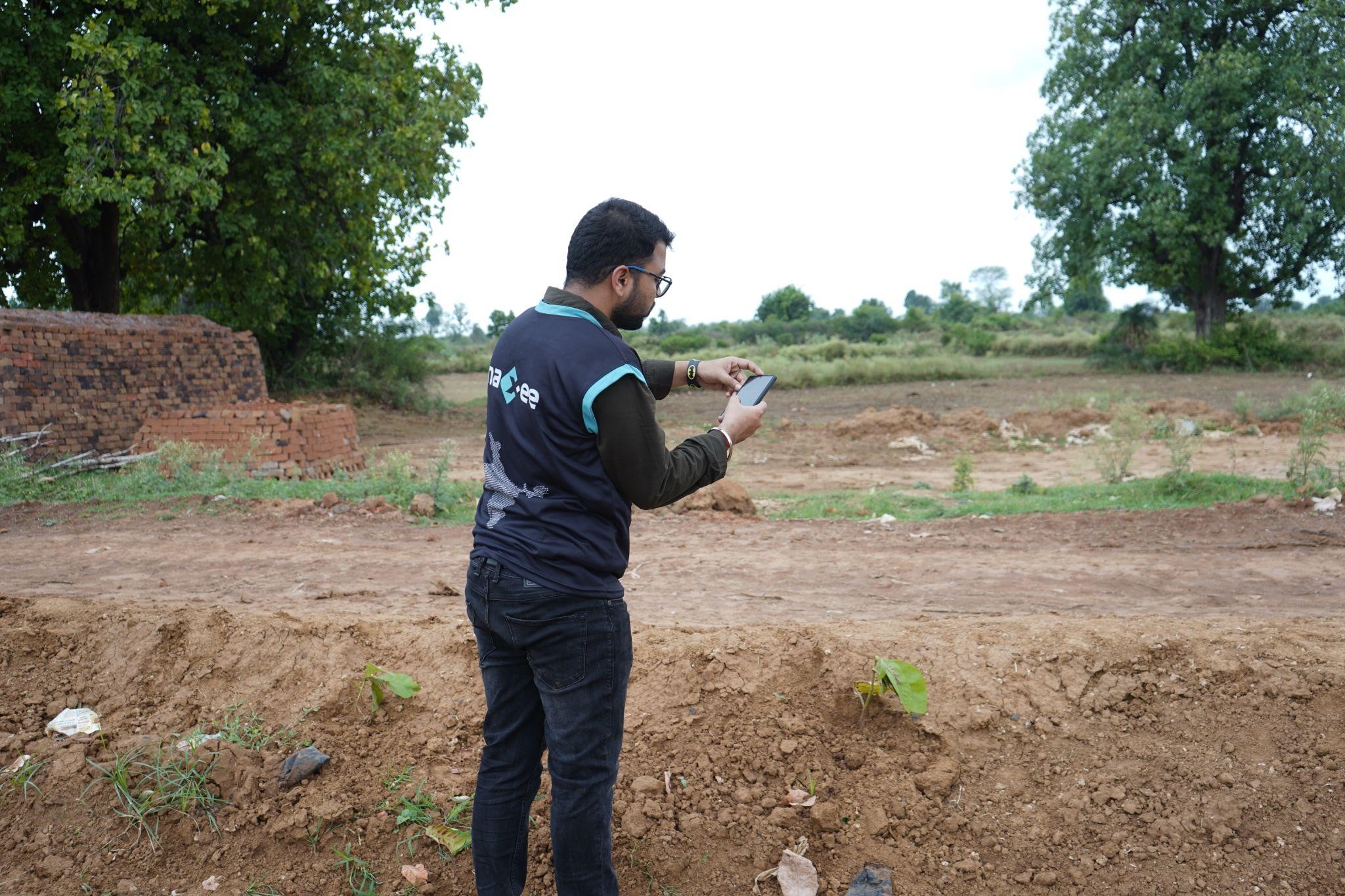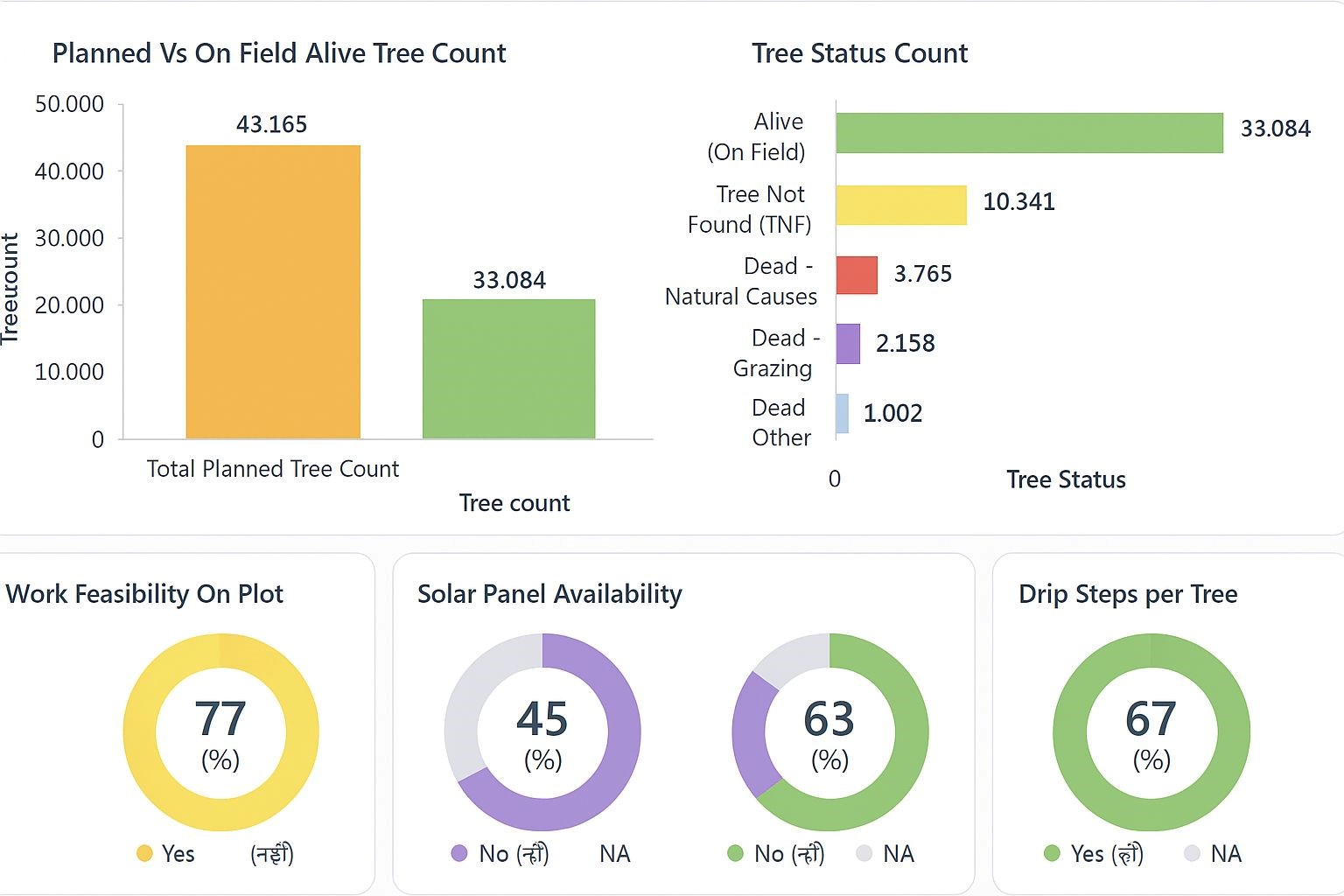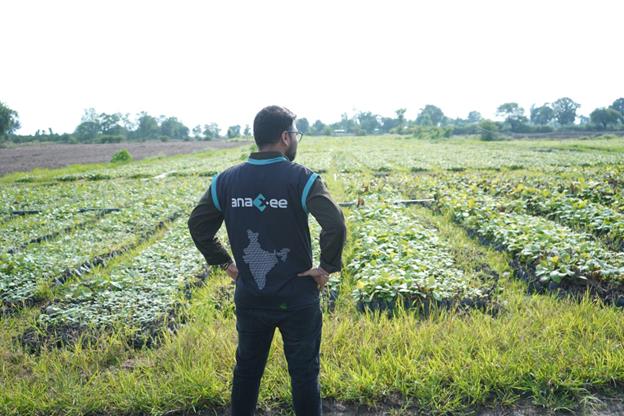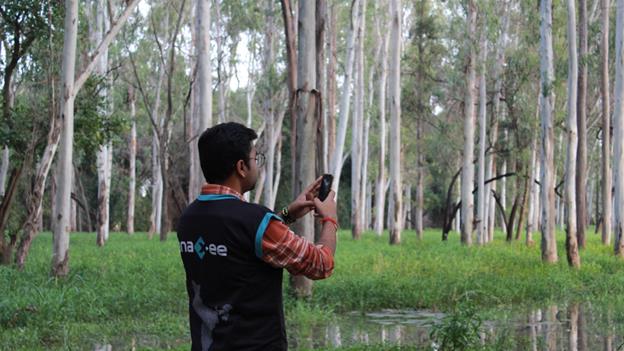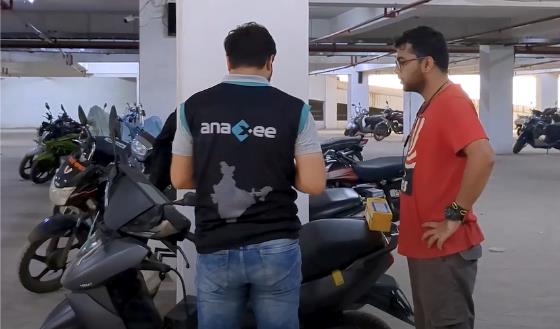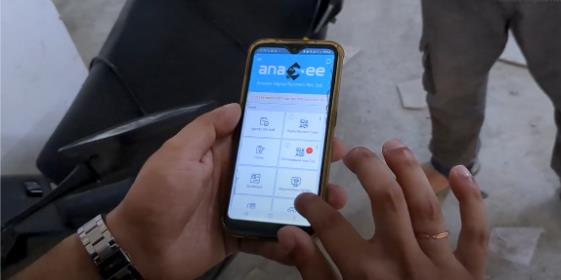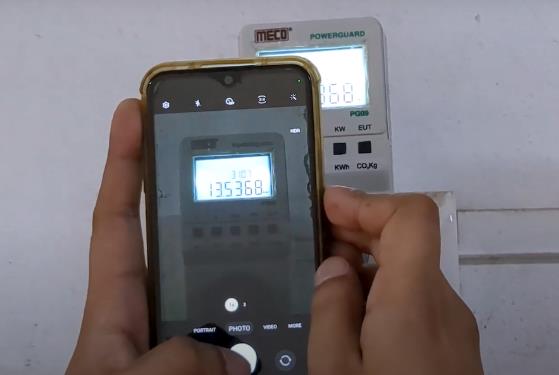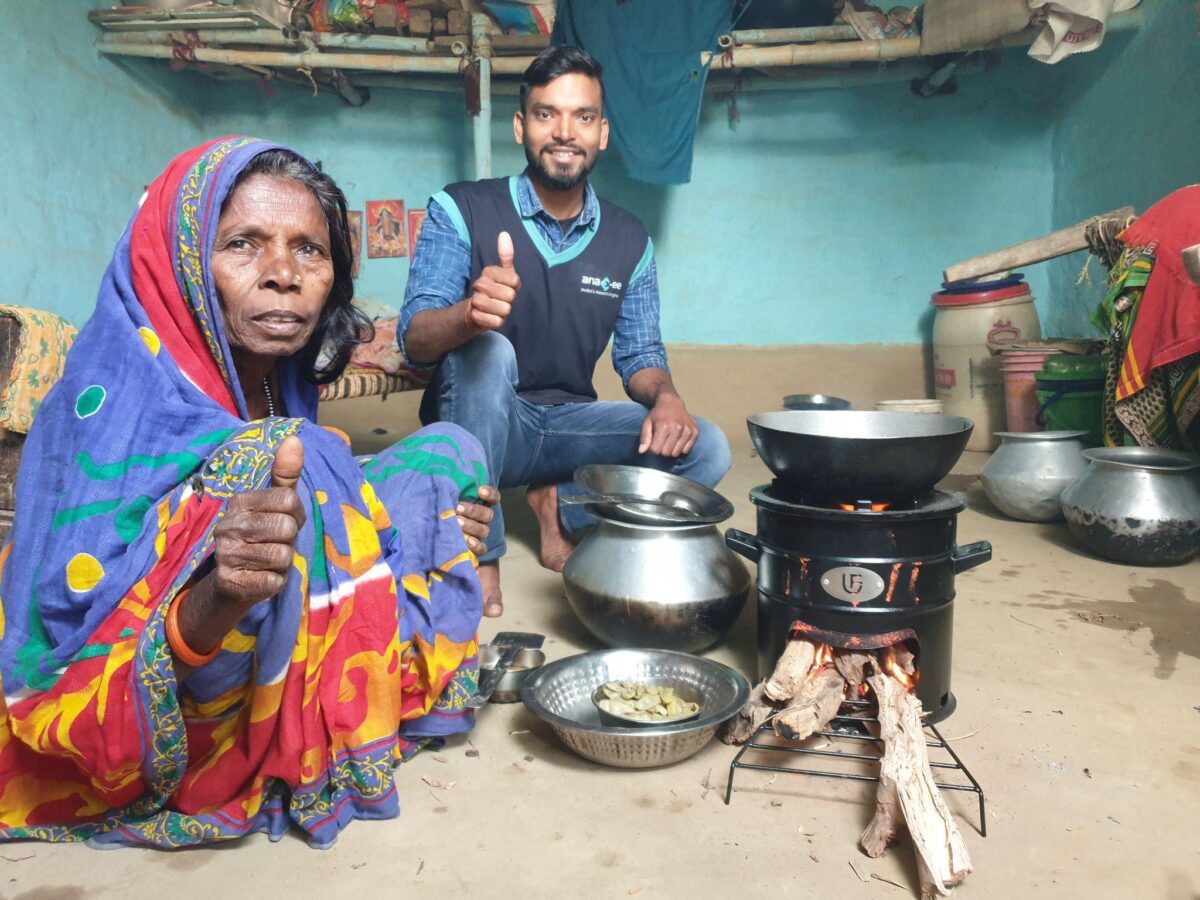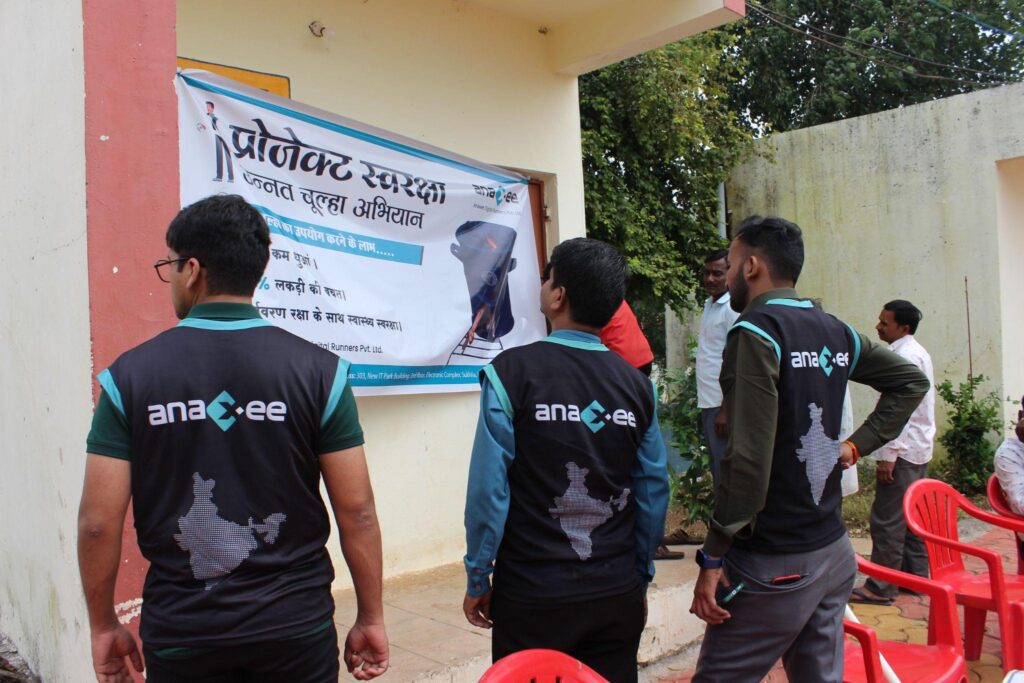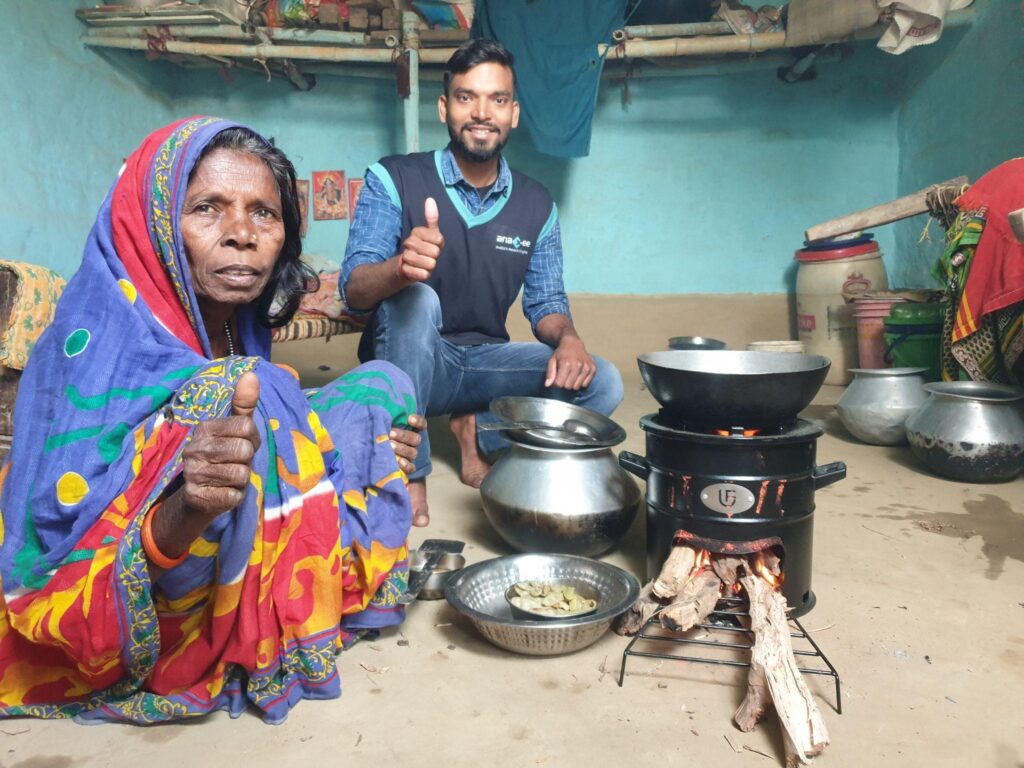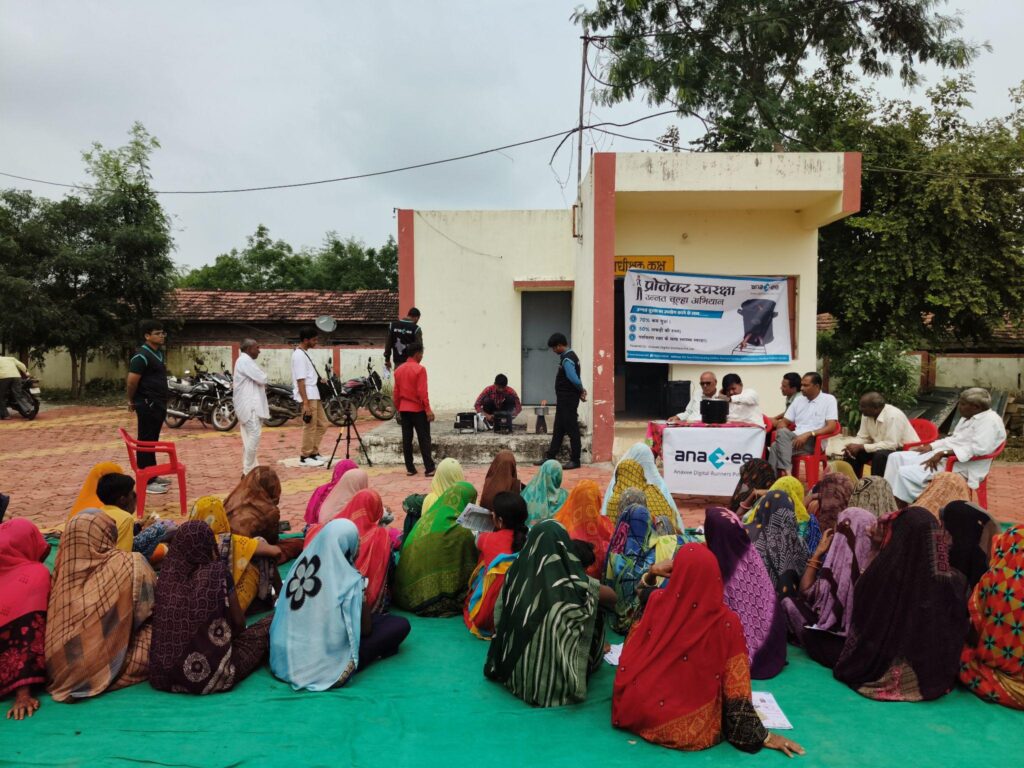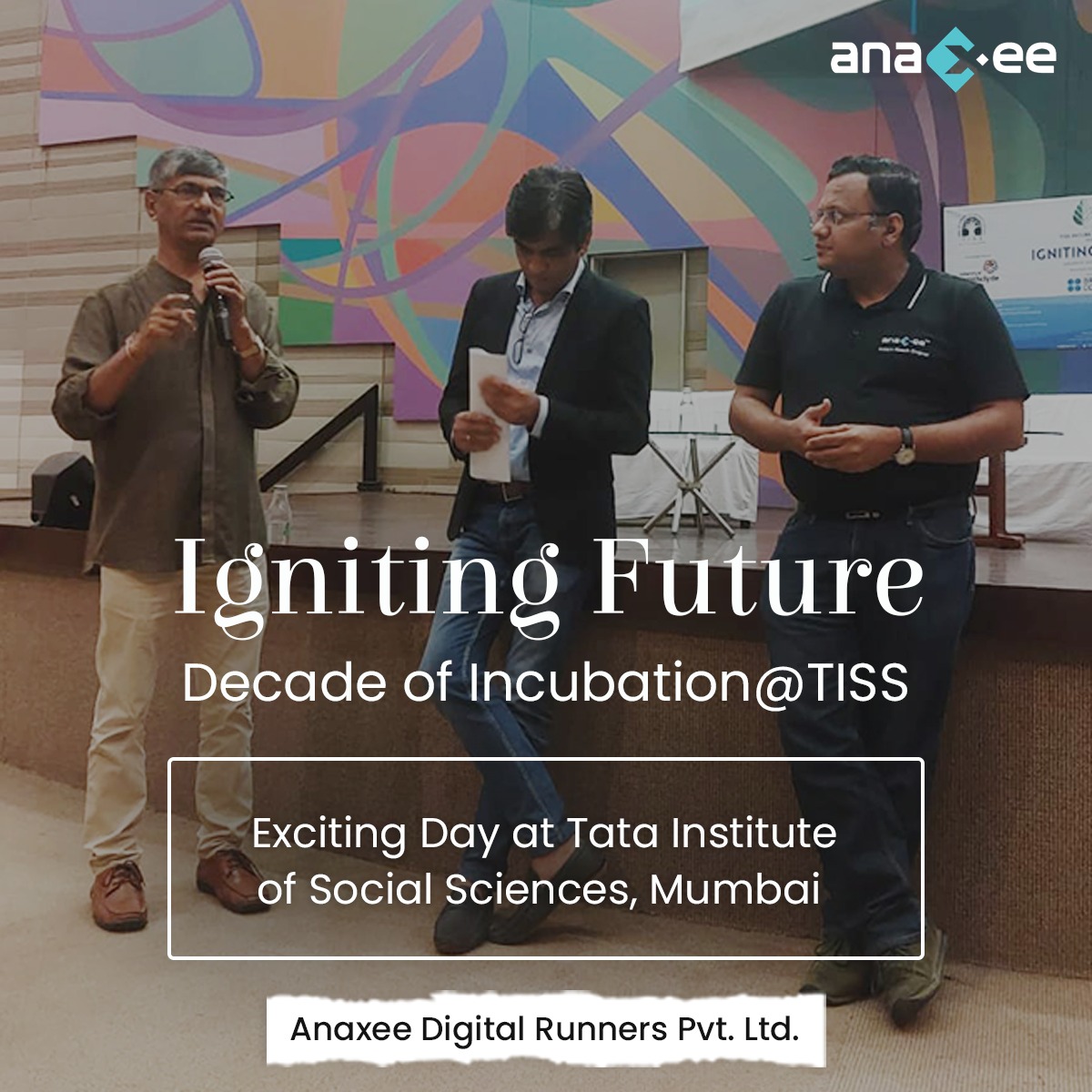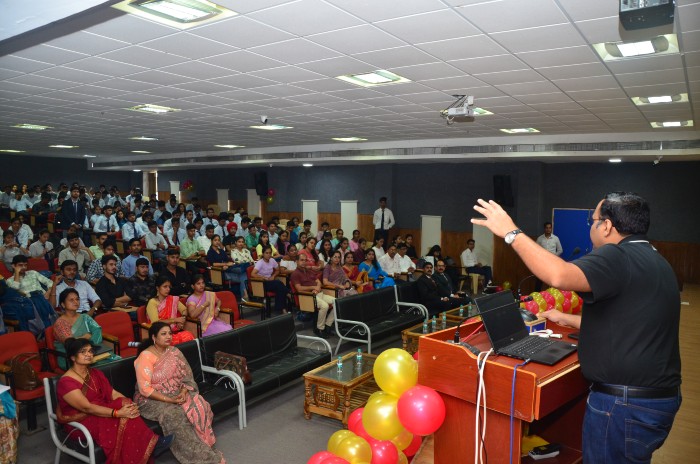Improved Cookstoves (ICS) have been introduced in many parts of India to reduce indoor pollution, save fuel, and improve lives- especially in rural households where traditional three stone chulhas are still common. But even after years of efforts and multiple carbon projects, the real on-ground impact of these cookstove projects remains limited.
At Anaxee, we believe it’s not because people don’t need ICS, but because the way these projects are being implemented needs to improve. And we are fixing that with the help of 100% baseline surveys and technology-driven distribution.
What’s Going Wrong in Many ICS Projects?
Most Improved Cookstove projects in India follow the same old method. A sample survey is done in the beginning to prepare a baseline, and then the stoves are distributed during the project rollout. But by the time the actual users are identified, it’s often too late.
Here’s what usually happens:
✅ The cookstoves are given to people who don’t need it, or worse, don’t use it properly.
✅ The ICS ends up sitting unused in a corner.
✅ As a result, fuel savings are low, and carbon credits are weak.
✅ The community doesn’t really benefit, and the project fails to create real, measurable impact.
What Makes Anaxee’s Model Different?
We do things the opposite way. Before distribution, we do a 100% baseline survey– not just a sample. That means every single beneficiary is verified, profiled and mapped.
Why is this better?
✅ Real data in your hands before starting the distribution
✅ Only the right families are selected- those who cook regularly on traditional stoves
✅ Better adoption rate, because the stove actually solves a problem
✅ Improved monitoring, since data is already organized
✅ Stronger carbon outcomes, which means better return for project developers
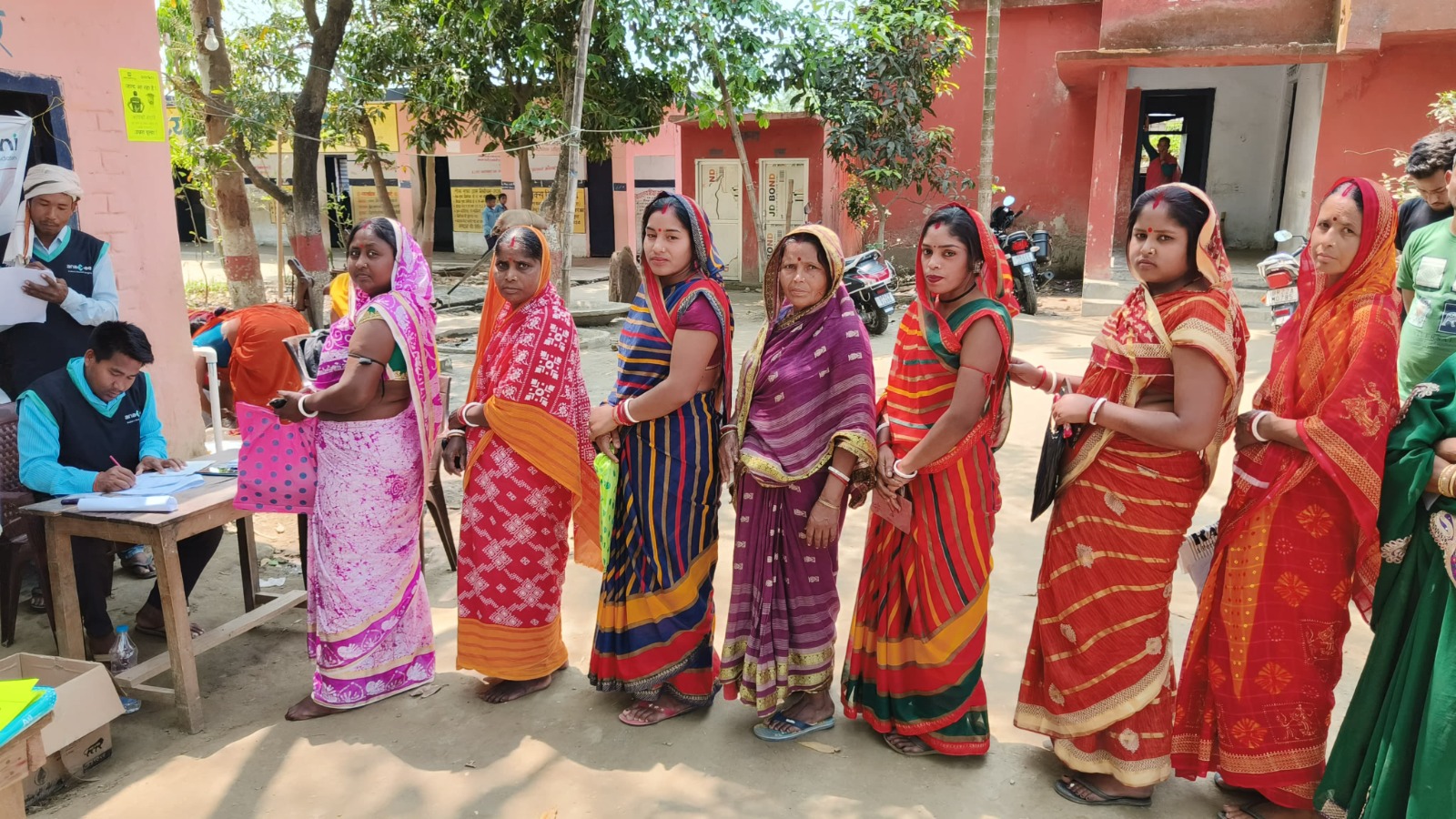
But How Do We Do 100% Baseline?
Doing surveys at such a large scale across rural areas sounds impossible. And yes- it would be, if you try to do it manually.
But at Anaxee, we use tech and mobile-based apps to collect structured data from remote locations across India. Our Digital Runners, a trained network of field agents, help us reach last-mile villages quickly and cost-effectively.
This means:
✅ Surveys happen fast
✅ Data is collected digitally (no paper work)
✅ Reports can be viewed in real-time
✅ Distribution is tracked and managed through our system
Why This Matters for Carbon Projects
Carbon credit calculations depend heavily on actual usage and impact. If stoves are not used correctly or regularly, your entire carbon revenue is at risk. By choosing the right households upfront and tracking usage over time, your carbon project becomes stronger, cleaner and more reliable.
Also, when you include technology from the start, your project can scale to 100,000+ households without losing quality or accuracy.
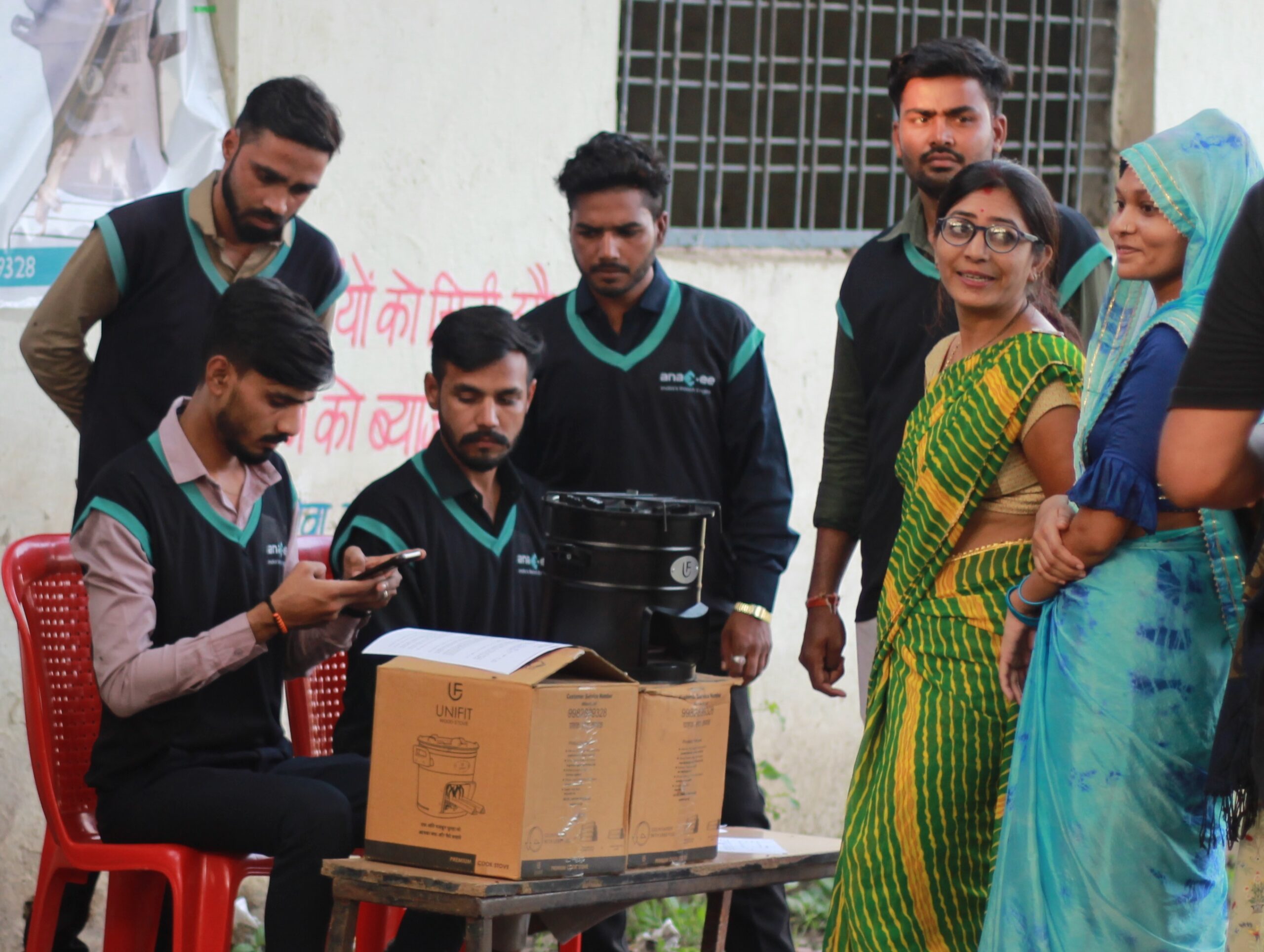
If you’re planning or running an Improved Cookstove project in India, and want to improve your baseline, adoption and monitoring process, talk to us.
At Anaxee, we’re already helping carbon project developers improve their project design and implementation across India.

